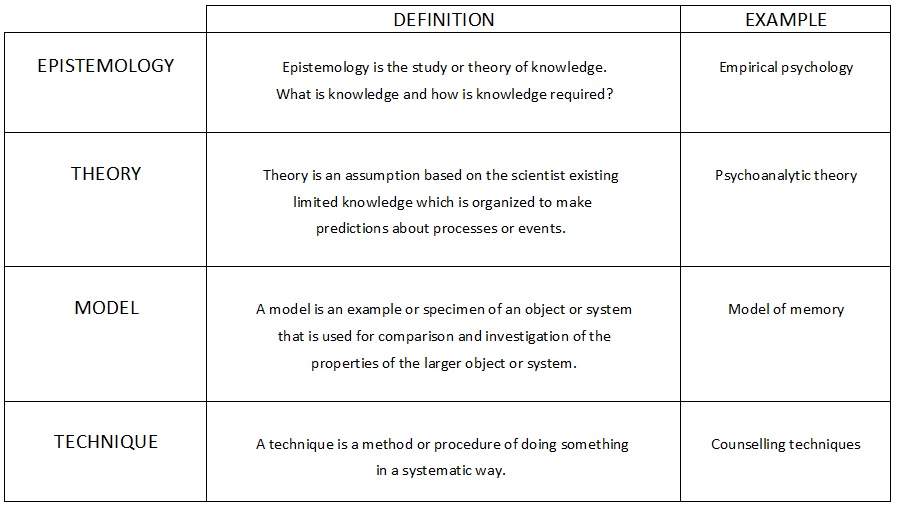
Judith and Randy allowed Marshall much freedom as a child and often took weekend trips away from home during Marshall’s teenage years, leaving Stephen in charge. After graduation, Stephen moved out of state to begin his career.
Genogram keys full#
Stephen spent weekends with the family until he moved in full time to have a shorter commute to the local community college. Marshall has a half-brother, Stephen (age 35), the only child from Randy’s previous marriage (name and age of previous partner unknown). Marshall is an only child and his parents, Judith (age 61) and Randy (age 66) are still married, living in his childhood home. The two met as children as they lived in the same neighborhood. Marshall and Cynthia have three children together: Sylvia, age 11, Jonathan, age 7 and Torrence, age 5. Marshall, a 32 year old Caucasian male, and Cynthia, a 30 year old Hispanic woman, have been together for over 13 years and married for 9 years.

After reading the case study, you will follow the instructions in A Picture Is Worth a Thousand Words: Exploring the Use of Genograms in Social Work Practice to draw a genogram using Microsoft Word. This sketchnote version of a genogram symbol key is now available via the links below.For this assignment, you will need to read the Case Study (also listed below) and review the Constructing the Genogram power point for the Genogram Key Symbols.

In art or play-based genogram interventions, symbols can even be replaced with colors, toys, stickers, or figures. Ask your client how they would like to be represented, and work collaboratively. This feels especially poignant around gender and sexual identity symbols: which the standard symbols (included in the key) and expanded symbols (included in the flashcards) still don’t come close to capturing fully. Learning/memorizing symbols is important – it gives you vocabulary that weaves together into a meaningful language, but once you’ve learned the language, improvise and adapt to your client or patient’s needs. Centering client experience and self-identification helps this tool empower and spark growth rather than label and pathologize. In the opinion of this author, the ethical use of genograms integrates an individual’s own self-representations and symbolic identifications as the basis. Learning/memorizing genogram symbols is important – it gives you vocabulary that weaves together into a meaningful language, but once you’ve learned the language, improvise and adapt to your client or patient’s needs. If you are interested in learning more about genograms, check out Genograms: Assessment and Interventions (by Monica McGoldrick, Randy Gerson Ph.D., and Sueli Petry Ph.D.) The visual language of Genograms concisely represents the complexity of relationships and intergenerationally transmitted issues. Genograms can serve as a bridge between the seen and unseen, accessible to artists and non-artists alike. While art therapy offers a more visual approach, art therapy can be off-putting to individuals who don’t identify as artists.

Seeing something tangible that has only been discussed in the intangible can bring clarity for many individuals. I think talk-therapy has incredible value, but for visual thinkers, visual aids help make important connections more rapidly.


 0 kommentar(er)
0 kommentar(er)
